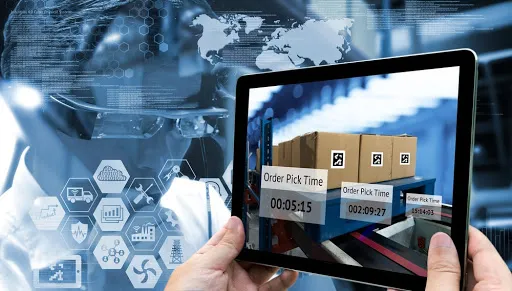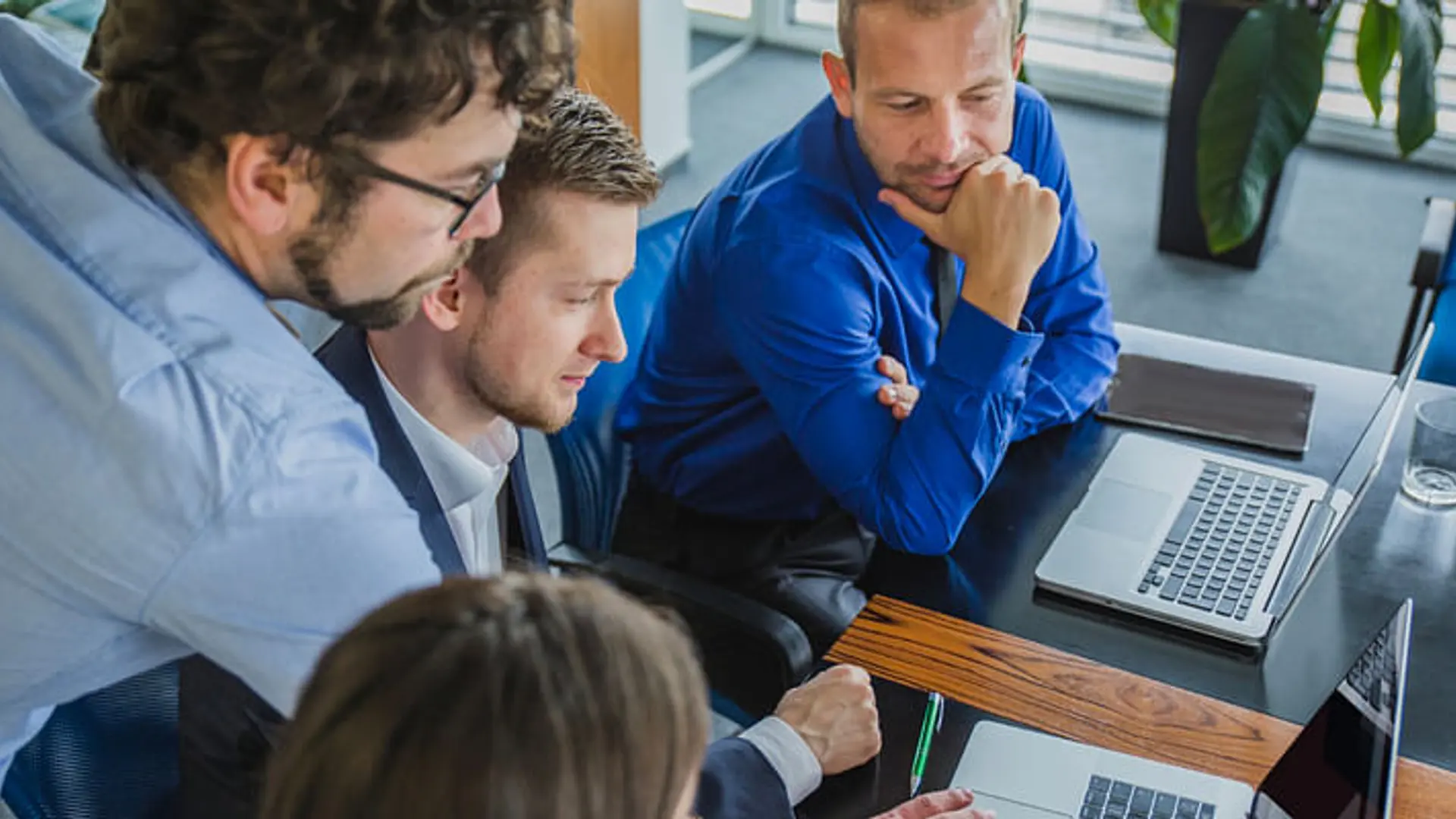

How Technology is Improving Last-Mile Delivery?
Ecommerce, food, and grocery delivery are improving with different technology enhancements. Review what is changing the last mile delivery.
How Technology Is Improving Last-Mile Delivery

Last-mile delivery is all about a product journey beginning from the warehouse and finally into the hands of the customer. In this digital era surrounded by modern smart devices and plenty of delivery businesses, customers are becoming more and more demanding. Their demands might include real-time tracking of orders, free package delivery and easy access through different gestures.
We know that technology is changing more faster than we expect. Many online delivery companies like Grubhub, InstaCart, Swiggy, Postmates and UberEats have achieved a huge market share for their excellent customer service, marketing goodies and the new enhancements they implement on their delivery service.
To resist this competition and satisfy the changing customer requirements, online delivery owners should adopt the latest trends and technological improvements.
This article discusses several trends and how technology applies a new mold to the Last-mile delivery process.
Technology Trends in Delivery Industry:
1) Audience - The Key Element
The package delivery company should identify the primary audience for their industry as they contribute a large share of their budget on this online door- delivery service. In order to meet customer satisfaction and requirements, the delivery companies have created online order and delivery channels.
2) Faster and User-Friendly Delivery Channels
Customers always prefer to have a user-friendly and easier way of making an order online. Customers will reject the order takeout if they face any kind of poor customer experience. The poor customer experience can occur when the mobile app does not function properly or when they could not customize orders and also when they didn’t get an immediate response to their queries.
Amazon assures its customers a faster delivery with a maximum of 2-days delivery which improved their last-mile logistics delivery demand. The order delivery platforms should simplify the process and allow customers to place their orders through all the possible channels like smart devices, social media, virtual assistants and so on.
3) Online Tracking and Delivery Apps
Tracking the driver on the road with the delivery plays a central role in the last-mile delivery process. This real-time order tracking feature provides the product distributors an insight into the current location of the driver throughout the entire process of delivery.
The alert feature enables them to take quick action in case of any unexpected issues like if the driver has diverted from the route. This feature enables the customers to know when a product is expected to deliver and also even if it gets lost. Technology platforms like Locologic enables delivery companies to track and communicate with customers
Other than this, many advancements in online apps have been created in the field of food and order delivery business to solve the food wastage issue. As we know that each day a major portion of food is wasted and obviously there arises a question that what should we do with it other than throwing it away.
The food-waste app delivers unsold food items from restaurants and grocery stores to the people in need at a low price. Food for All and Food Rescue US are the best examples of food waste apps.
4) Big data
Big Data technology revolutionizes the online order and delivery system by gathering and processing a large quantity of logistics data and optimizes the route for last-mile delivery in a real-time manner. The dispatcher can smart track their product and driver online, analyze items in the market, delivery speed, check road traffic, view reviews, shares, comments on social media and so on.
From the information gathered the delivery companies can measure the delivery time, monitor customer emotions on social media, and instantly respond to complaints. Likewise, it increases the efficiency of last-mile delivery.
5) Smart Outsourcing
Outsourcing last-mile delivery to local shop owners or to local third-party carriers with operation centers closer to the residence or workplace of their customers can amazingly reduce the cost and improve delivery speeds. Make sure to choose the best fit who can manage your workload effectively. Always maintain multiple carriers so that you can spread the workload among them.
How Technology Boost the Future of Last-Mile Logistics

Although, advanced tracking and optimizing trends have transformed the way products are dispatched and delivered today. Implementing intelligent concepts like automated delivery vehicles and aerial drone delivery could have a great impact on the future of the last-mile logistics industry. Artificial Intelligence, Cloud computing, data collection through the Internet of Things and blockchain concepts are other promising methods that ensure to streamline delivery through automation.
1. Autonomous Delivery:
Autonomous last-mile delivery has no human interference throughout the process, instead, this particular method includes an autonomous vehicle that delivers the product to the customer’s doorstep. AI and machine learning is helping autonomous delivery to be faster and error free.
Many delivery companies have announced to test and develop an autonomous delivery device with a logistics management solution that helps to improvise mobility, vehicle capacity and reduce irrelevant time.
That enables retailers to accept orders from nearby customers and deliver them the same day. Retailers like Amazon and Walmart recently revealed that they are about to come up with their autonomous delivery pilots.
2. Aerial Drones:
In a few months, the sky would have filled with aerial drones busy delivering orders. But there are some technical challenges to overcome for the drone to deliver products at our doorstep. Many delivery companies have announced to start with a drone project for an accurate order delivery experience.
Drones for delivering parcels will be limited to those places which are hard to reach. The development of aerial drones is considered to be an efficient method to deliver the increasing customer requirements and that on expected time. By this, we can expect a tremendous growth and expansion of autonomous last-mile delivery.
3. IoT in E-commerce Logistics
Implementing IoT doesn’t mean to replace humans with robots. IoT provides real-time and more precise data and is capable to shield the inefficiencies in the existing system. Likewise, IoT creates a revolution in supply chain operations by making it more faster and better. IoT can make a drastic change in Food chains, Ocean ports, Airports, Cold chain and so on.
In this modern digitized world, it is necessary to have a technology-enabled last-mile delivery for the persistence of online order delivery companies. By adopting new technologies, and transport methods, 3PL companies, Retailers and E-commerce providers improve their order delivery efficiency, reduce the idle costs, and provides an excellent customer experience.







